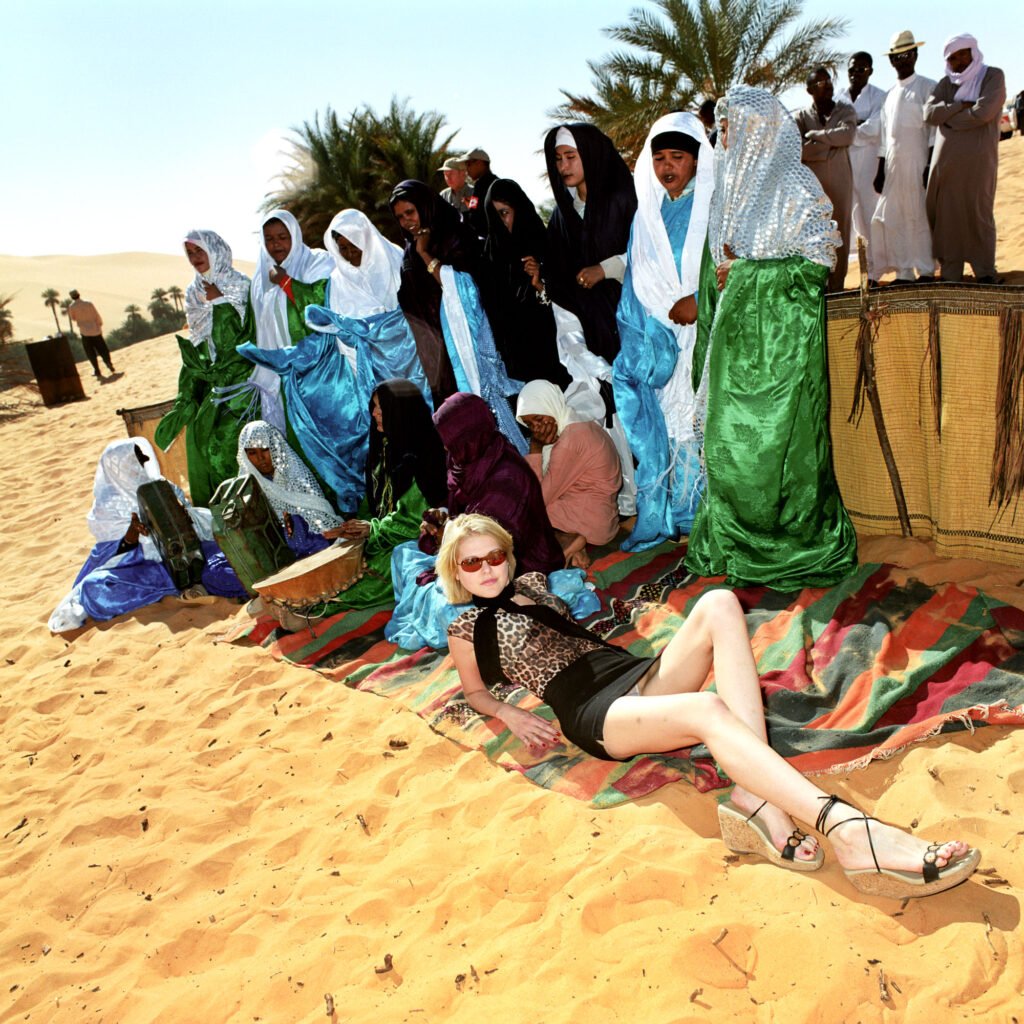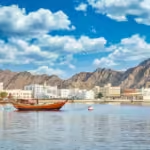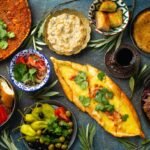Libya: Land of Desert and Mediterranean Beauty
Introduction:
Libya, officially known as the State of Libya, is a country located in North Africa. It is bordered by the Mediterranean Sea to the north, Egypt to the east, Sudan to the southeast, Chad and Niger to the south, and Algeria and Tunisia to the west. The capital city is Tripoli, while Benghazi is the second-largest city.
Libya’s geography includes vast deserts, fertile coastal plains, and the Cyrenaica region’s green hills. The climate is predominantly desert, with hot summers and mild winters along the coast. The interior regions experience extreme temperatures, with very hot summers and cold winters.
Economically, Libya is heavily dependent on its oil reserves, which are among the largest in Africa. The Libyan dinar (LYD) is the official currency. The country has been working towards diversifying its economy, but political instability has hindered progress. Despite this, Libya’s strategic location and natural resources offer significant potential for future development.
Culturally, Libya has a rich history influenced by various civilizations, including the Phoenicians, Greeks, Romans, and Ottomans. Arabic is the official language, and Islam is the state religion. The country is known for its traditional music, dance, and cuisine, as well as its historical sites, such as the ancient city of Leptis Magna.
Libya’s modern history has been marked by periods of colonialism, independence, and revolution. The country gained independence from Italy in 1951 and experienced a revolution in 2011 that led to the overthrow of Muammar Gaddafi. Since then, Libya has faced significant challenges, including political instability and civil conflict.
Politically, Libya is currently a fragmented state with multiple governments claiming legitimacy. Efforts are ongoing to establish a unified government and achieve political stability. Libya is a member of the United Nations, the African Union, and the Arab League.
Tourism in Libya has great potential, with its rich history, Mediterranean coastline, and desert landscapes attracting interest. Key attractions include the ancient ruins of Leptis Magna, the Sahara Desert, and the beautiful coastal city of Tripoli. However, political instability has impacted the tourism sector.
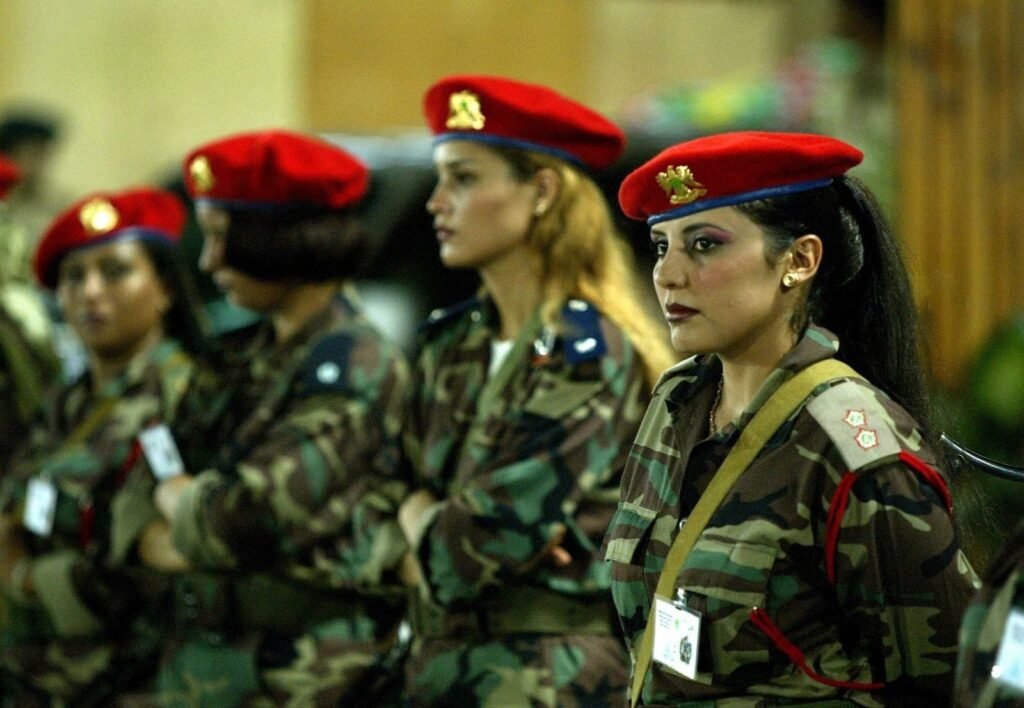

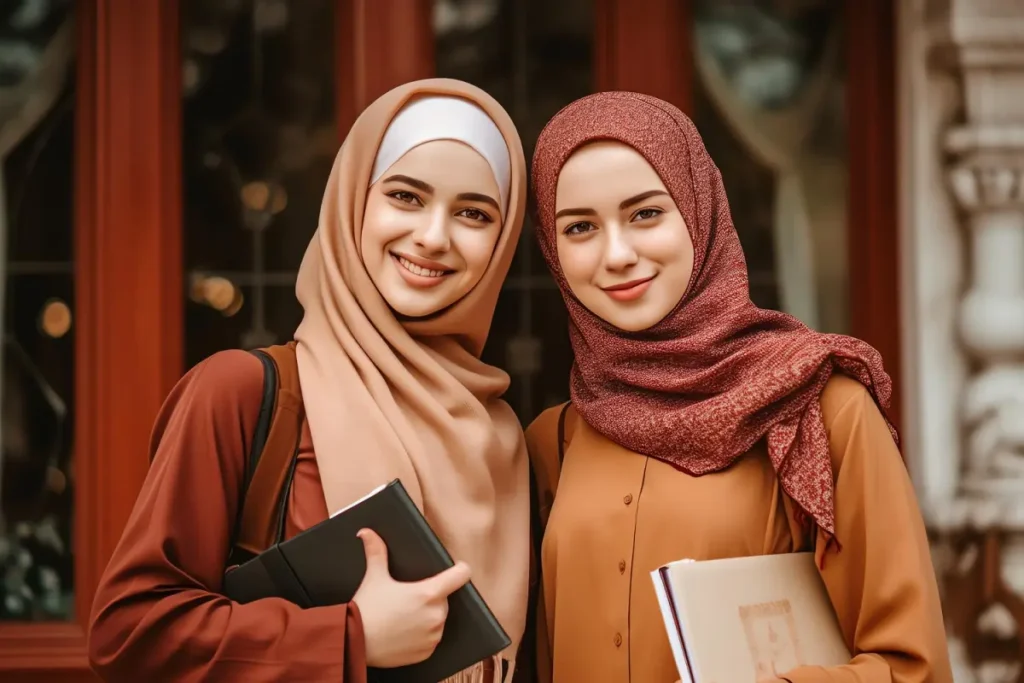
110 Facts About Libya (2024)
Basic Information
| Number | Category | Details |
|---|---|---|
| 1. | Current Name | Libya |
| 2. | National Name | دولة ليبيا (Dawlat Libya) |
| 3. | Former Names | Italian Libya, Kingdom of Libya, Libyan Arab Republic |
| 4. | Date of Establishment | December 24, 1951 |
| 5. | Date of Independence | December 24, 1951 (from Italy) |
| 6. | Leadership | Prime Minister: Abdul Hamid Dbeibeh (GNU), Fathi Bashagha (HoR) |
| 7. | Government Type | Unitary provisional government |
Geography
| Number | Category | Details |
|---|---|---|
| 8. | Capital City | Tripoli |
| 9. | Important Cities | Benghazi, Misrata, Sabha, Sirte |
| 10. | Land Area | 1,759,541 square kilometers |
| 11. | Total Area | 1,759,541 square kilometers |
| 12. | Neighboring Countries (Land) | Egypt, Sudan, Chad, Niger, Algeria, Tunisia |
| 13. | Neighboring Countries (Sea) | Italy, Greece, Malta |
| 14. | UNESCO World Heritage Sites | Leptis Magna, Sabratha, Cyrene, Rock-Art Sites of Tadrart Acacus (5 sites) |
| 15. | UNESCO World Natural Sites | N/A |
| 16. | Climate | Desert climate with hot summers and mild winters along the coast |
| 17. | Biodiversity | Desert flora and fauna, including Barbary sheep and desert fox |
| 18. | Famous River | No permanent rivers |
| 19. | Famous Mountain | Jebel Akhdar |
| 20. | Coastline Length | 1,770 kilometers |
| 21. | Major Islands | N/A |
| 22. | Longest River | N/A |
| 23. | Highest Waterfall | N/A |
| 24. | Largest Lake | Ubari Lakes |
| 25. | Largest Forest | Green Mountain National Park |
Population
| Number | Category | Details |
|---|---|---|
| 26. | Population (2024) | Approximately 7.1 million |
| 27. | Population (1950) | 1.1 million |
| 28. | Population (1900) | 800,000 |
| 29. | Projected Population (2070) | 10 million |
| 30. | Population Density | 4 people per square kilometer |
| 31. | Urban Population (%) | 80% |
| 32. | Rural Population (%) | 20% |
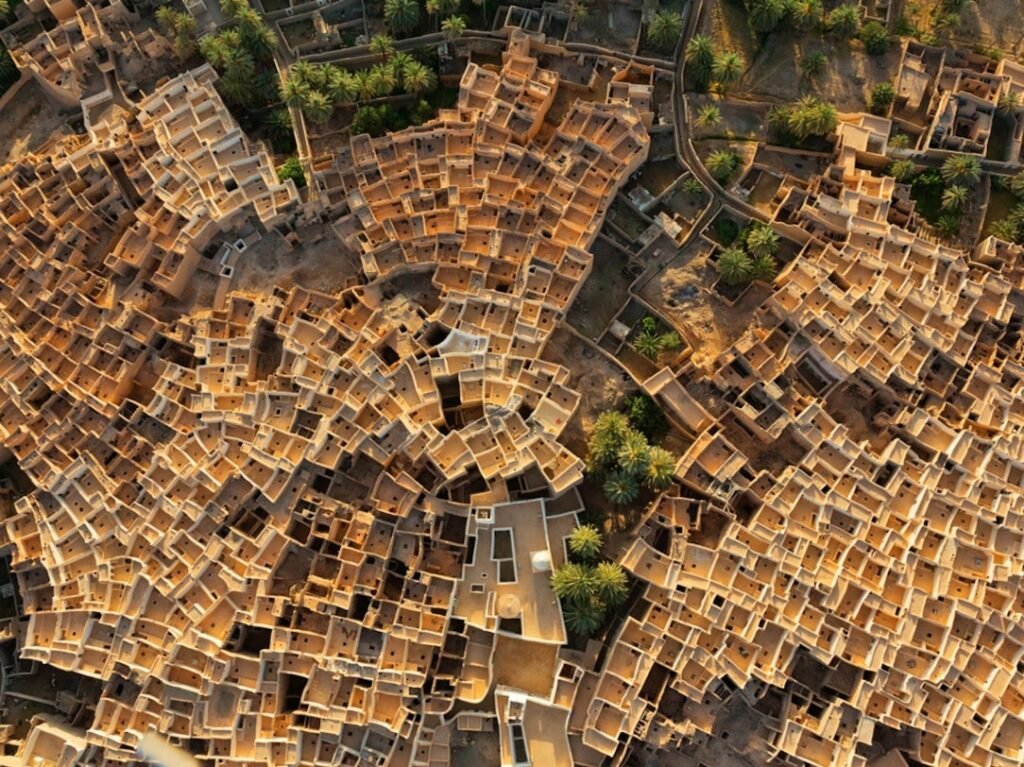
Demographics
| Number | Category | Details |
|---|---|---|
| 33. | Ethnicity/Race | Arab-Berber (97%), other (3%) |
| 34. | Languages | Arabic (official), Italian, English |
| 35. | National Language | Arabic |
| 36. | Religion | Islam (official) |
| 37. | Median Age | 28.4 years |
| 38. | Life Expectancy | 73.4 years |
| 39. | Birth Rate | 19.8 births per 1,000 people |
| 40. | Death Rate | 4.8 deaths per 1,000 people |
Economic Indicators
| Number | Category | Details |
|---|---|---|
| 41. | Monetary Unit | Libyan Dinar (LYD) |
| 42. | GDP | $39.8 billion (2022 est.) |
| 43. | GDP per Capita (PPP) | $6,200 (2022 est.) |
| 44. | Income Level | Upper middle income |
| 45. | Consumer Price Inflation | 22.3% (2022 est.) |
| 46. | Current Account Balance | -$3 billion (2022 est.) |
| 47. | Exchange Rate (Per $) | 1 USD = 4.5 LYD |
| 48. | Unemployment Rate | 19.6% (2022 est.) |
| 49. | Stocks Inward ($ billion) | 12 (2022 est.) |
| 50. | Real GDP Growth (%) | 3.2% (2022 est.) |
| 51. | Labor Force (Million) | 2.5 million |
| 52. | Major Industries | Oil, natural gas, petrochemicals, construction materials |
| 53. | Major Exports | Crude oil, refined petroleum, natural gas |
| 54. | Major Imports | Machinery, transport equipment, foodstuffs, chemicals |
| 55. | Public Debt (% of GDP) | 157.3% (2022 est.) |
| 56. | Tax Revenue (% of GDP) | 2.9% (2022 est.) |
| 57. | Minimum Wage | 450 LYD per month |
| 58. | **Average |
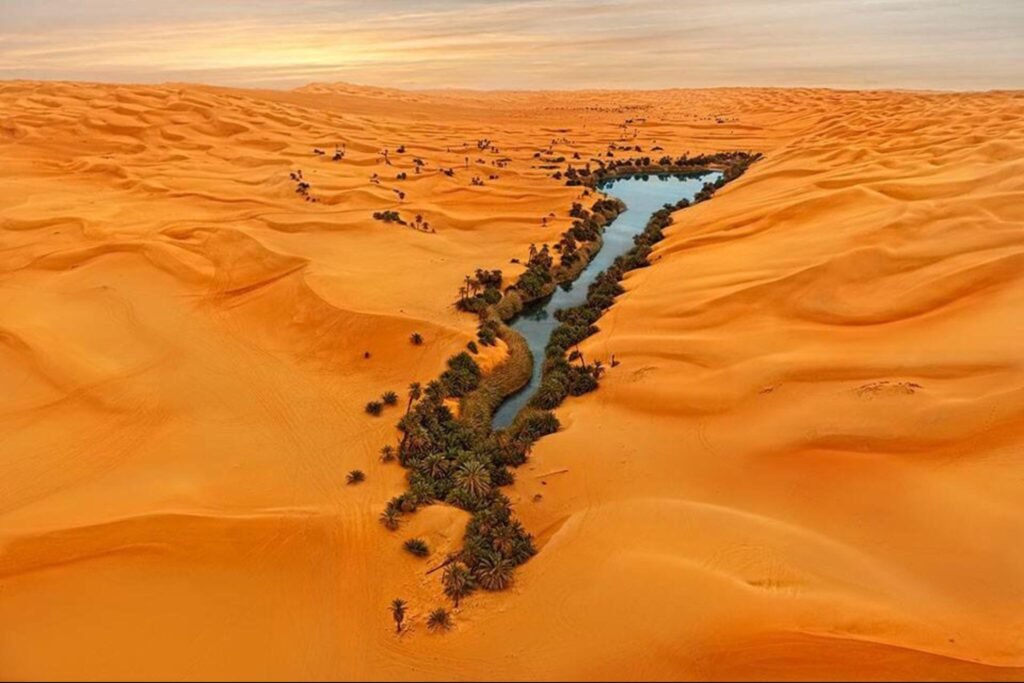
Household Income** | $7,200 per year |
| 59. | Inflation Rate | 22.3% (2022) |
| 60. | Interest Rate | 5.5% (2022) |
| 61. | Major Trade Partners | Italy, Germany, China, France, Spain |
Social Indicators
| Number | Category | Details |
|---|---|---|
| 62. | Literacy Rate | 91.5% |
| 63. | Fertility Rate | 2.6 children per woman |
| 64. | Infant Mortality Rate | 11.3 per 1,000 live births |
| 65. | Under-5 Mortality Rate | 13.9 per 1,000 live births |
| 66. | National Holidays | Revolution Day, Independence Day, Eid al-Fitr, Eid al-Adha |
| 67. | Health Care System | Universal healthcare system |
| 68. | Health Expenditure (% of GDP) | 5.8% (2022 est.) |
| 69. | Obesity Rate | 33.1% of adults |
| 70. | Drinking Water Source | 93% of the population has access to clean drinking water |
| 71. | Access to Sanitation | 91% of the population has access to improved sanitation facilities |
| 72. | Average Life Satisfaction | 4.5/10 |
| 73. | Major Health Issues | Cardiovascular diseases, diabetes, respiratory diseases |
| 74. | Smoking Rate | 21.3% of adults |
Culture and Society
| Number | Category | Details |
|---|---|---|
| 75. | Famous People | Muammar Gaddafi, Omar Mukhtar, Mustafa Ben Halim, Seif al-Islam Gaddafi |
| 76. | Legal Marriage Age | 20 years |
| 77. | Gender Inequality Index | 0.547 (2021) |
| 78. | National Sport | Soccer |
| 79. | Sport Achievements | Participation in FIFA World Cup, African Cup of Nations |
| 80. | National Animal | Barbary lion |
| 81. | National Fruit | Date |
| 82. | Famous Landmarks | Leptis Magna, Sabratha, Cyrene, Ghadames |
| 83. | National Dish | Bazin |
| 84. | Major Newspapers | Al Jamahiria, Libya Herald, Libya Observer |
| 85. | Major TV Channels | Libya TV, Al Wataniya, Libya Al Ahrar |
| 86. | Popular Music Genres | Traditional Libyan music, Arabic pop, Rai |
| 87. | National Theatre | Tripoli Municipal Theatre |
| 88. | National Gallery | Tripoli National Museum |
| 89. | Popular Festivals | Ghadames Festival, Tripoli International Fair |
| 90. | Average Internet Speed | 12 Mbps |
| 91. | Most Popular TV Show | Libyan drama series |
| 92. | Most Popular Book | The Holy Quran |
| 93. | Most Popular Sport | Soccer |
| 94. | Most Visited Museum | Tripoli National Museum |
| 95. | Largest Stadium | 11 June Stadium |
| 96. | National Anthem | “Libya, Libya, Libya” |
| 97. | Famous Historical Sites | Leptis Magna, Cyrene, Ghadames, Sabratha |
| 98. | Major Brands | Libyan Oil, Al-Naseem Dairy, Zawia Oil Refining Company |
| 99. | Famous Foods | Bazin, couscous, shakshouka |
| 100. | Famous Drinks | Libyan tea, laban, mint tea |
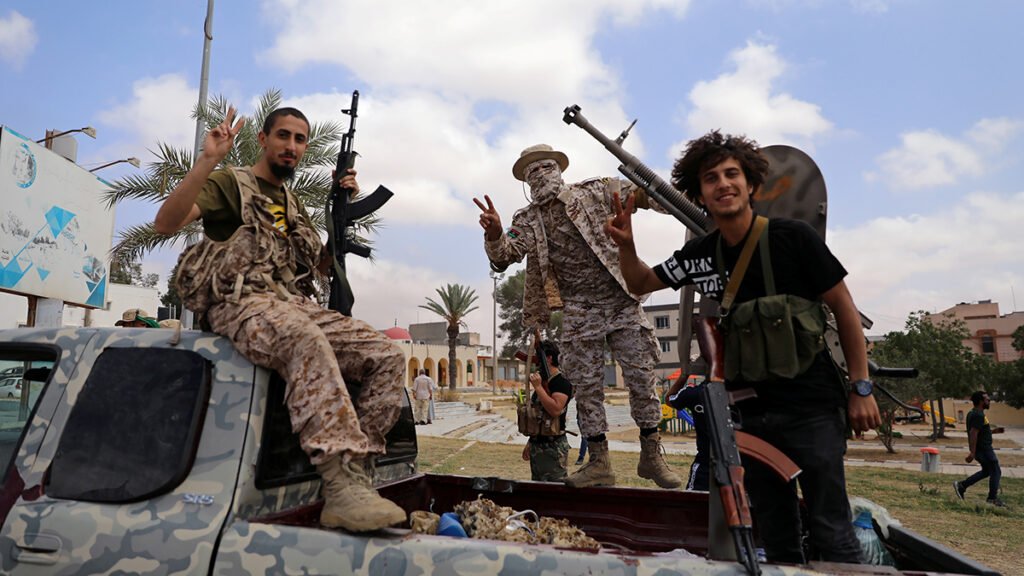
Education
| Number | Category | Details |
|---|---|---|
| 101. | Best Public University | University of Tripoli |
| 102. | Best Private University | Libyan International Medical University |
| 103. | Education Rank | 95th globally |
| 104. | School Enrollment Rate | 92% for primary education |
| 105. | Average Class Size | 25 students |
| 106. | Notable Alumni | Mahmoud Jibril, Ali Zeidan, Abdul Raouf Al-Munifi |
| 107. | Public Spending on Education | 4.7% of GDP |
| 108. | Number of Universities | Over 20 |
| 109. | Popular Study Abroad Destinations | United Kingdom, United States, Italy |
| 110. | Literacy Programs | Extensive adult literacy programs available |
History
Libya’s modern history has been marked by periods of colonialism, independence, and revolution. The country gained independence from Italy in 1951 and experienced a revolution in 2011 that led to the overthrow of Muammar Gaddafi. Since then, Libya has faced significant challenges, including political instability and civil conflict.
The Flag of Libya
The national flag of Libya features three horizontal stripes of red, black, and green, with a white crescent and star in the center of the black stripe.
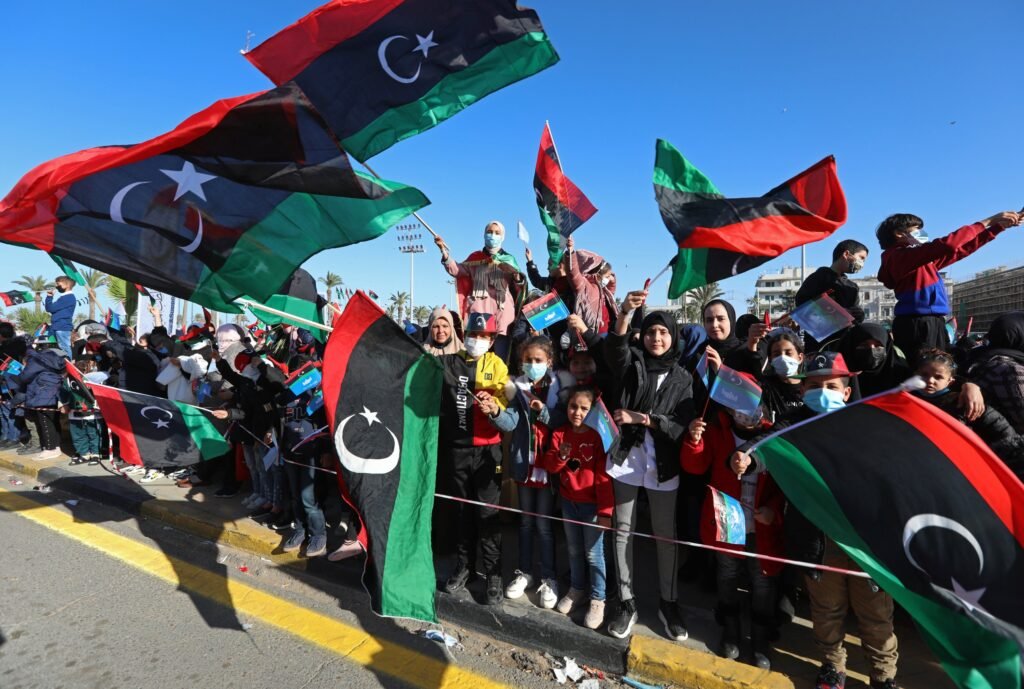
- Red Stripe: Represents the blood of martyrs.
- Black Stripe: Symbolizes the dark days of colonialism.
- Green Stripe: Represents the country’s agriculture and prosperity.
- White Crescent and Star: Symbolize Islam and the nation’s hope and aspirations.
The flag symbolizes Libya’s struggle for independence, its agricultural wealth, and its Islamic heritage, reflecting the nation’s journey and its aspirations for the future.
